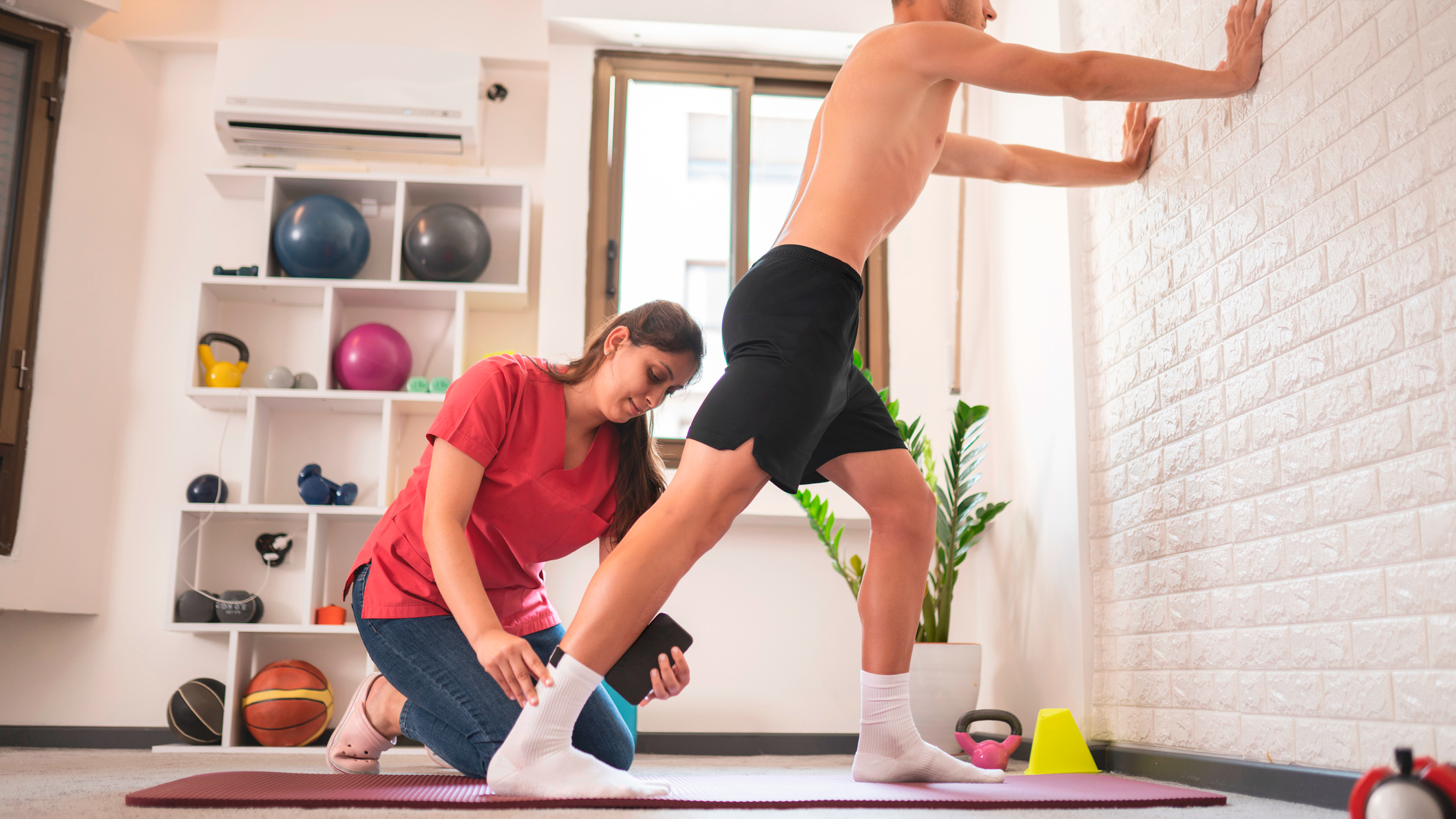
I run six days a week and have done for several years. Running is how I stay in shape, and I find it vital for my mental health as well. I love it so much I basically made running my job—I write most of the reviews of running shoes, watches and other gear on Coach.
So when I can’t run, it’s a nightmare. Early this year I started getting stiffness in both Achilles tendons first thing in the morning, and then after runs. I had that most days for around six or seven months, until finally it subsided. Fortunately I was still able to run, which is often the case with Achilles tendonitis because continually strengthening the area helps, so resting completely isn’t always advisable.
Looking back over the year, there are a few things I wish I’d done differently to manage the injury from the start, and I have established a few things that help me manage it. I thought I’d share those things in case it helps any other runners dealing with Achilles tendonitis.
Don’t Delay In Seeing A Physio
I went to see a physio but probably three or four weeks later than I should have. Luckily the delay didn’t mean the injury got worse, but it did cause me a month of unnecessary worry and doubt about what I should be doing to manage the injury.
My physio was excellent and quickly put together a plan of action for me to start strengthening my legs while managing the symptoms. Having an expert say it’s OK to keep running, and explain how to tell when it’s not, was the biggest plus of all for me. It removed doubts and concerns that I was taking risks by running, while having a plan for how to fix the injury gave me something positive to focus on.
Everyone’s symptoms and injuries will be different, which is why seeing a physio yourself is vital for managing the injury correctly, rather than just… reading stuff on the internet. No judgment here—it’s what I did for a month before making an appointment.
Do Take A Sensible Approach To Calf Raises
When you look online for advice on how to fix Achilles tendonitis, it’s all about calf raises. This exercise is the hero you need for long-term progress with this problem, although it’s vital to see a physio and follow a coherent plan.
My physio was a little confused by the approach I had devised: I was doing 50 calf raises with 40kg of weight a couple of times a day, depending on when I remembered. Instead, the physio recommended three sets of 10 weighted single-leg calf raises off a step. I did straight legs in the morning, then bent knees in the afternoon to target different muscles in the calf. After a while the physio also added in seated bent-knee calf raises to my program, which seemed to accelerate my progress.
Although recovery from this injury is all about calf raises, you need to do them right if you want to get stronger. It’s best to get individual advice on how to do them because different types of tendonitis will react differently—to bent-knee raises in particular.
Expect Healing To Take A Long Time
Any running injury I’ve had before has healed pretty quickly with a bit of rest, but with Achilles tendonitis you’re in for the long haul, and for lots of runners it never completely goes away. This means managing the symptoms and your expectations, and trying not to be frustrated if things don’t seem to be progressing.
I measured progress not by how the symptoms felt but by what I could do while experiencing those symptoms. I was doing more calf raises and running each month, strengthening the lower legs, without anything getting worse—that’s progress. Eventually the symptoms started to abate after around six months.
Notice What Inflames Your Symptoms
In my experience there are quite a few factors that can affect how irritated your Achilles tendons are after runs, and it’s worth noting down how you feel after each run so you can work out what the factors are for you.
Early on I didn’t do this and made some incorrect assumptions about what was affecting my Achilles. Hilly runs and low-drop shoes can exacerbate some people’s Achilles tendonitis, but they didn’t seem to affect mine. Once I started noting everything down, it became evident that it was the heel design of certain running shoes and fast runs that were problems for me.
Fast runs are often a problem for people with Achilles issues because they put more load on the lower legs, so ensure you are not including too many in your training plan. You should only be doing two or three speed sessions a week at the most.
The bigger factor was the design of shoes. Once I figured out the kind of heel design that annoyed my Achilles, I avoided that type of running shoe where possible. Or, if I still had to review them, I cut out the backs of shoes that were a problem.
Ice Is Nice
On the advice of my physio, I iced my Achilles to reduce symptoms after each run. I bought a couple of cheap reusable ice packs and used them every day I ran, and it reduced the stiffness I felt following my run.
Morning Stretches And No Barefoot Walking
I have barely taken a step barefoot this year, because my physio mentioned that it puts more strain on the Achilles. Slippers or recovery sliders are a must—I use the Oofos Ooahh Slider around the house. This was especially important first thing in the morning, which was when I felt the most stiffness in my Achilles, and I would loosen it with knee to wall stretches as soon as I could—which was not always as soon as I wanted, thanks to wrangling two children downstairs for breakfast.







